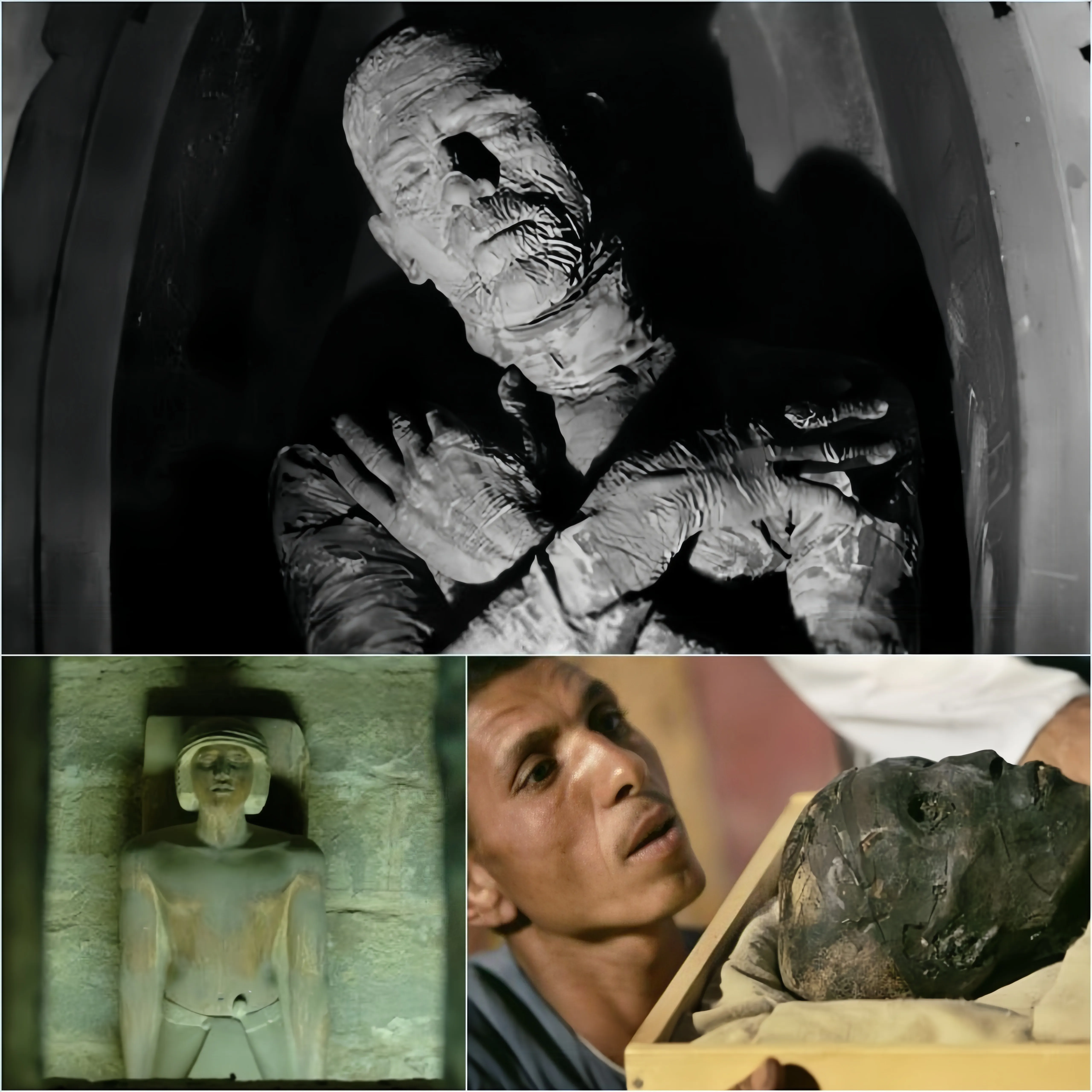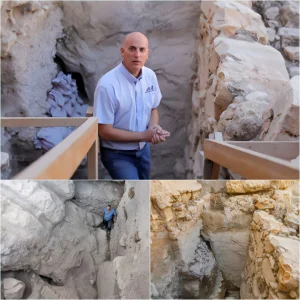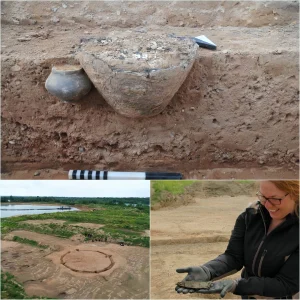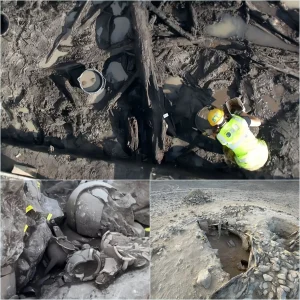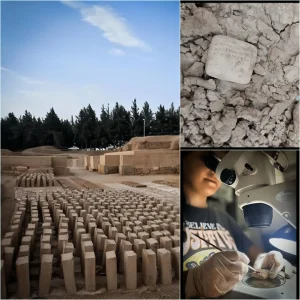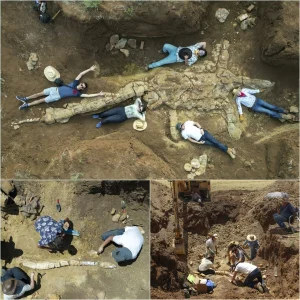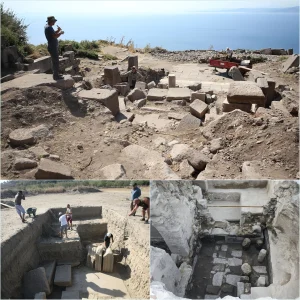The myth of the “Pharaoh’s Curse,” which suggests that opening a mummy’s tomb brings death and misfortune, has been perpetuated by both folklore and pop culture for over a century. While Hollywood has contributed to this narrative with its dramatic portrayals, the idea of a curse predates cinematic adaptations.
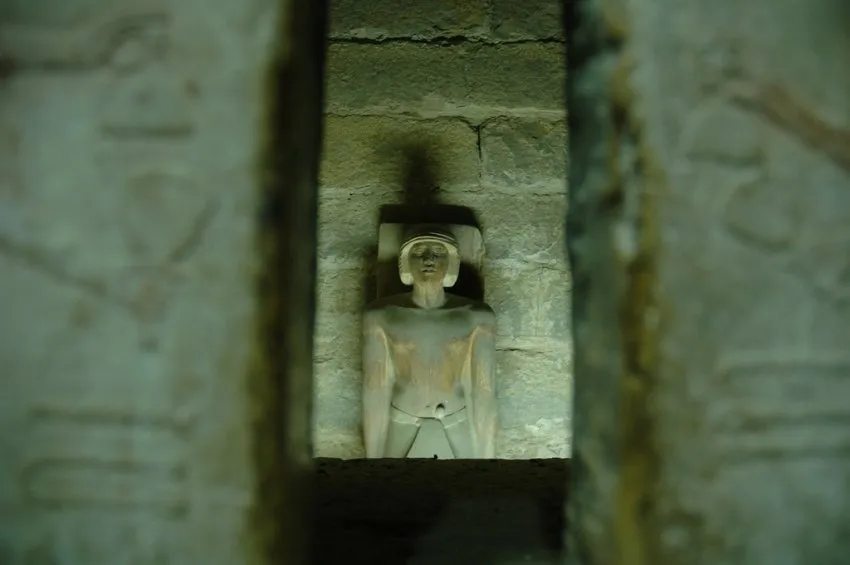
The modern fascination with the mummy’s curse began after the 1922 discovery of King Tutankhamun’s tomb in the Valley of the Kings. When archaeologist Howard Carter opened the tomb and unveiled the treasures hidden for 3,000 years, it sparked global interest in ancient Egypt. This excitement was amplified by sensational reports of the death of Lord Carnarvon, the expedition’s sponsor, who died shortly after the tomb’s opening. Despite these reports, Carnarvon’s death was due to blood poisoning, and only six of the 26 people present at the tomb’s opening died within a decade. Carter, widely considered the most likely target of any supposed curse, lived until 1939.
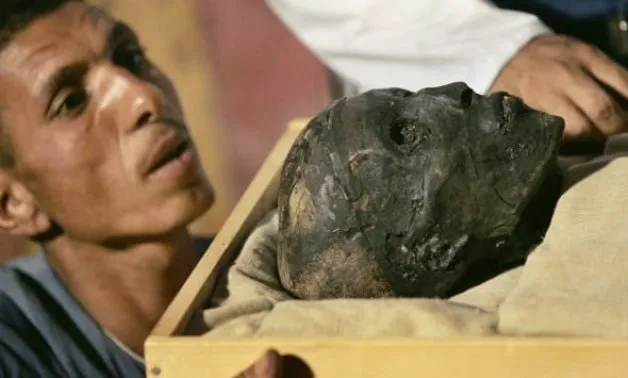
The origins of the mummy’s curse, however, extend beyond this discovery. Late Egyptologist Dominic Montserrat traced the concept to a 19th-century London stage show where real Egyptian mummies were unwrapped, leading to stories of mummy revenge. This idea was further popularized by writers such as Louisa May Alcott, who included the theme in her lesser-known book, *Lost in a Pyramid; or, The Mummy’s Curse.* Thus, while the curse itself lacks evidence, its allure continues to captivate audiences and fuel interest in ancient Egyptian lore.
